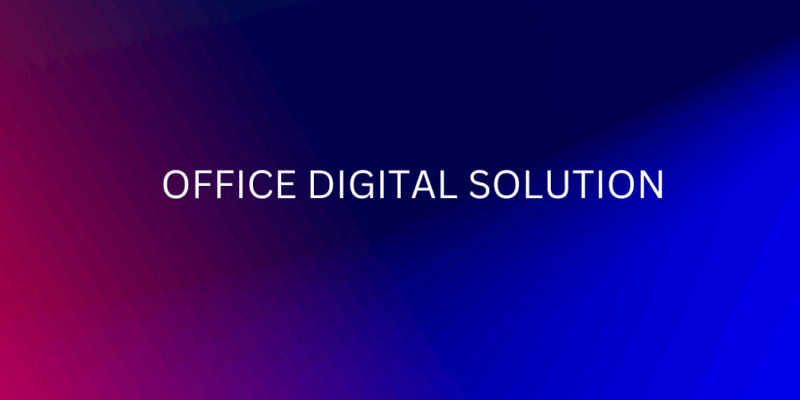In a world where cyber threats are more advanced and relentless than ever, the ability to detect and stop attackers in real-time is no longer optional—it’s essential. But detection alone isn’t enough. To effectively neutralize threats, organizations must have clear visibility into their environments and the context to understand what’s really happening.
The Challenge: Sophisticated Threats, Blind Spots, and Noise
Attackers today are stealthy. They blend in with legitimate traffic, exploit zero-day vulnerabilities, and often dwell in systems for weeks—sometimes months—before detection. Traditional security tools often generate too many false positives, miss subtle anomalies, or lack the correlation necessary to spot the full picture.
The result? Security teams are overwhelmed with alerts but under-equipped to respond meaningfully.
Why Visibility and Context Matter
1. Visibility: See What Matters
Without complete visibility into your infrastructure—on-prem, cloud, endpoints, and networks—you can’t defend what you can’t see. Modern environments are complex and distributed, making it easy for threats to slip through unnoticed.
With proper visibility:
-
You can track all user, device, and application activity across your environment.
-
You detect lateral movement, privilege escalation, and command-and-control activity as they happen.
-
You reduce detection gaps and blind spots that attackers exploit.
2. Context: Understand the “Why” Behind the “What”
Raw alerts don’t stop attackers—context does. When a suspicious login occurs, is it a real threat or a false alarm? Context helps answer:
-
Where did the activity originate?
-
Is this behavior normal for the user or device?
-
What systems or data could be affected?
-
Is this part of a larger attack pattern?
With this level of insight, security teams can prioritize the most critical threats and respond with precision.
Real-Time Threat Detection in Action
Imagine a scenario where a user logs in from an unusual location, downloads a large number of files, and then attempts to access sensitive systems they’ve never touched before.
With siloed security tools, this might generate separate alerts—each seemingly benign. But with centralized visibility and contextual analytics, these actions form a clear attack narrative: a compromised account in the middle of an insider threat or data exfiltration attempt.
Armed with this clarity, your SOC team can respond immediately—blocking the user, isolating affected systems, and beginning forensic analysis within seconds.
Building a Real-Time Detection and Response Strategy
To gain real-time visibility and context, organizations must:
-
Implement Extended Detection and Response (XDR): Correlate data across endpoints, networks, and cloud environments.
-
Leverage AI and Behavioral Analytics: Detect anomalies and patterns that human analysts might miss.
-
Centralize Log and Event Management: Use SIEM platforms to collect and analyze logs at scale.
-
Integrate Threat Intelligence: Enrich alerts with real-world threat data for faster triage.
-
Automate Response: Use SOAR platforms to orchestrate and automate incident responses in real time.
The Bottom Line
Cybersecurity isn’t just about seeing more data—it’s about seeing the right data, and understanding it fast enough to act. Visibility without context leads to confusion. Context without real-time access leads to delay. You need both to stay ahead of modern attackers.
By investing in the right tools and strategies, your organization can go from reactive to proactive—spotting threats as they emerge, understanding their full impact, and stopping attackers before damage is done.


